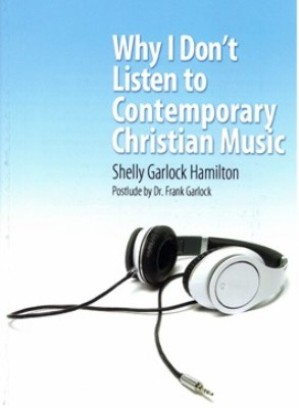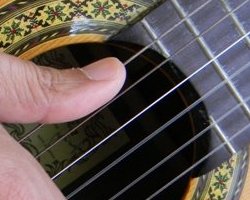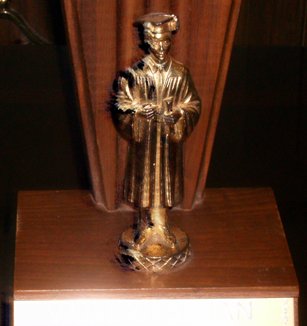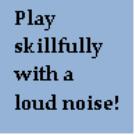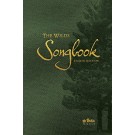In Part I, I treated Genesis 4:21, Job 21:12, Job 30:31, Job 35:10, Job 38:7, and Genesis 31:27 to bring out several points about what Scripture reveals about music early in the history of mankind. This article brings out a key truth seen from comparing these passages both among themselves and with other relatively early references to music.
Comparing These Passages among Themselves
Genesis 4:21 reveals that Jubal in the ungodly line of Cain may have invented two musical instruments:
Gen 4:21 And his brother’s name was Jubal: he was the father of all such as handle the harp [Heb. כִּנּוֹר; a stringed instrument] and organ [Heb. עוּגָב; a wind instrument].
Job 21:12 reveals that wicked people used three different instruments at the time of Job:
Job 21:7 Wherefore do the wicked live, become old, yea, are mighty in power? . . . 12They take the timbrel (Heb. תֹּף; a percussion instrument) and harp [Heb. כִּנּוֹר; a stringed instrument], and rejoice at the sound of the organ [Heb. עוּגָב; a wind instrument].
Job 30:31 shows that Job either played two of the same instruments as the wicked did or had someone in his household who did so:
Job 30:31 My harp [Heb. כִּנּוֹר] also is turned to mourning, and my organ [Heb. עוּגָב] into the voice of them that weep.
Regardless of which way we understand the verse, we see that God’s people used the same instruments at this time that the wicked did.
Moreover, Job was the most righteous person of his time (Job 1:8; 2:3). His use of the same instruments as the ungodly used forcefully supports the propriety of doing so.
Comparing These Passages with Other Early References to Music
Some later passages both confirm this conclusion and go beyond it.
After God destroyed Pharaoh and his armies in the Red Sea, Miriam and all the women used timbrels to extol God in dance and song:
Exo 15:20 And Miriam the prophetess, the sister of Aaron, took a timbrel (Heb. תֹּף) in her hand; and all the women went out after her with timbrels (Heb. תֹּף)and with dances. 21 And Miriam answered them, Sing ye to the LORD, for he hath triumphed gloriously; the horse and his rider hath he thrown into the sea.
These Israelite women used the same instrument (“timbrel” [Heb. תֹּף]) that the ungodly used back in the time of Job (Job 21:12). More importantly, these women used the timbrel in a sacred setting!
Other relatively early references show God’s people using in sacred settings all the instruments mentioned in earlier references to the music of the wicked:
1Sa 10:5 After that thou shalt come to the hill of God, where is the garrison of the Philistines: and it shall come to pass, when thou art come thither to the city, that thou shalt meet a company of prophets coming down from the high place with a psaltery, and a tabret (Heb. תֹּף), and a pipe, and a harp [Heb. כִּנּוֹר], before them; and they shall prophesy:
Psa 150:4 Praise him with the timbrel (Heb. תֹּף) and dance: praise him with stringed instruments and organs [Heb. עוּגָב].
Whereas First Samuel 10:5 attests that specially consecrated people of God used these instruments in his service, Psalm 150:4 attests to the propriety of all of God’s people doing so.
This analysis of music in the early history of God’s peoples conclusively shows that God’s people used the same instruments as the wicked did, including serving and worshiping Him with those instruments. What’s more, He commanded them to use those very instruments in their serving and worshiping Him (e.g., Ps. 150:4)!
The Contemporary Significance of These Passages
Some believers today object to Christian use of the guitar because of its “paganistic origins.”[1] Some believers also object to its use in Christian worship because of how ungodly people have used it to play ungodly music in ungodly settings.
A careful examination of Scripture, however, shows that these are invalid objections because God’s people have used in their service and worship of God (1 Sam. 10:5) instruments that the wicked may have invented (Gen. 4:21). In fact, God commanded them to do so (Ps. 150:4).
Furthermore, they did so at the same time that the wicked were using those same instruments to play music in their ungodly lives (e.g., Job 30:31 cf. 21:12).
Believers today who choose to use the guitar appropriately in Christian worship have abundant and conclusive Scriptural basis for doing so.
[1] One person voiced his concern this way: “Do you know that guitars have paganistic origins. Maybe you should research more into the history of classical guitars before you promote it so much.”
Copyright © 2011-2025 by Rajesh Gandhi. All rights reserved.


